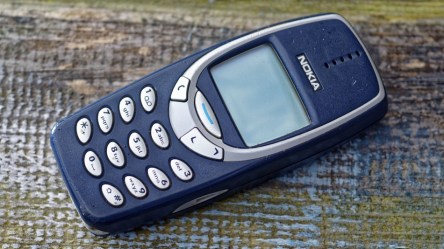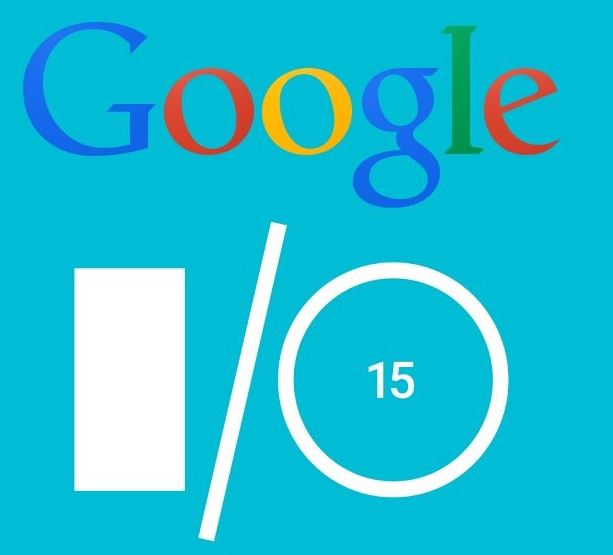Mobile World Congress is in full swing in Barcelona this week. Strangely enough, the most popular device is far from being the smartest or most innovative, instead it is all about nostalgia. Yes, Nokia 3310 holds the spotlight once more, 17 years after its original release. If I asked you to close your eyes and remember your first cellphone, a midnight blue and grey device might pop up in front of your eyes. Chances are you’re picturing a Nokia 3310, a device originally presented to the world in September 2000. Obviously, the model presented at MWC is a remake, but not much was really redone. The dumbphone is limited to 2G connectivity for calling and texting, has FM radio and MP3 player for music, 16MB storage (yes, megabytes, this is no typo) expandable up to 32GB through a MicroSD card slot, new UI with plenty nods to the original model and that massive battery life coming from a removable 1,200mAh battery. More precisely, it offers up to 22 hours talk time and up to a month of standby time, 10 times the original’s capabilities. And how can one spend all that juice? Playing Gameloft’s updated version of the original Snake game, of course! Its design is also pretty similar to the Nokia 3310 launched at the millennium. They’re roughly the same size, but the new one has a 2MP camera with flash and a bigger display—a 2.4-inch QVGA with a resolution of 240×320 pixels. The 2017 model has slimmed down over the last 17 years, just like most models. In case you’re wondering what operating system keeps it going, it’s Nokia Series 30+. The new model boasts more rounded edges, subtler buttons—eye-candy for the retro phone fans. And it sells for just $52. The...
Google I/O 2015
Keynote Highlights
SAN FRANCISCO – Last week, The Moscone Center West hosted one of the world’s largest games of Pong while Google presented the products and services it’s been brewing up for the past year. At the I/O keynote, Google showed primary focus on optimizing Android, complemented by a new Google Cardboard and a VR camera system that will be sold by GoPro. Also, we’re found out that right now there are out there over 4,000 distinct devices using Android of which you probably only know a few, such as Samsung, LG, Motorola. And Sundar Pichai, senior vice president, announced HBO coming to Google Play. Android M mostly follows its predecessor L, but comes with a few big improvements. App Permissions – is a way to simplify what data you allow the apps to access. Instead of the long list of permissions upon installation, the user will be prompted for permission when the app needs to use a feature, such as microphone or camera. App Links – or Chrome Custom Tabs, is a useful feature that enables developers to add custom components that overlay on top of apps; for instance, Pinterest can add custom transition animation to link to the web, within the app. Furthermore, there’s a new app linking feature that allows apps to verify links to switch from app to app rapidly. Battery & Charging – introduces Doze, a new feature that in Android M uses motion detection to go into a deeper sleep state if inactive for longer periods of time. While dozing, the device will still be able to respond to high-priority messages and alarms. Their test in which a Nexus 9 running on Lollipop against M Nexus showed that the latter lasted up to two times longer in standby, Google claims....
Cosmos Browser
Browse the Web with SMS
In urban North America, we likely take it for granted that LTE and 3G services will be available for our communication convenience. But in some parts of the U.S. and the world, where fast, ubiquitous networks aren’t available, effortless wireless Internet connectivity is simply a dream. Such cities or rural areas might be in for a surprise from Cosmos, a new browser that’s currently in the works. This concept sounds pretty crazy – a way to surf the web using SMS text messages. The project is still under development, but should the idea work, its implications could be huge. The Cosmos Browser is an Android web browser that uses SMS text messages to retrieve the web content displayed in a stripped-down layout. Its creators describe how it works: “After a person inputs a URL, our app texts our Twilio number which forwards the URL as a POST request to our Node.JS backend. The backend takes the URL, gets the HTML source of the website, minifies it, gets rid of the css, JavaScript, and images, GZIP compresses it, encodes it in Base64, and sends the data as a series of SMSs. The phone receives this stream at a rate of 3 messages per second, orders them, decompresses them, and displays the content.” In other words, once the message reaches the Cosmos backend, the page is retrieved and stripped down to bare elements. Afterwards, these are sent to the user as text messages, enabling to be read with just SMS access. The compression and decompression of the messages is done by the Cosmos browser to reduce the amount of data that needs to be transmitted. Once the page is fully loaded, the SMSs are deleted, and your inbox is uncluttered. The team behind the project is...



